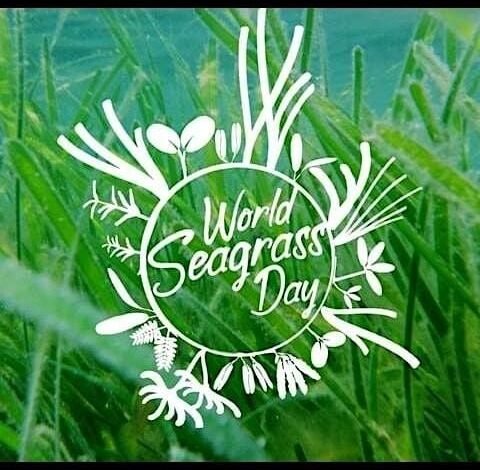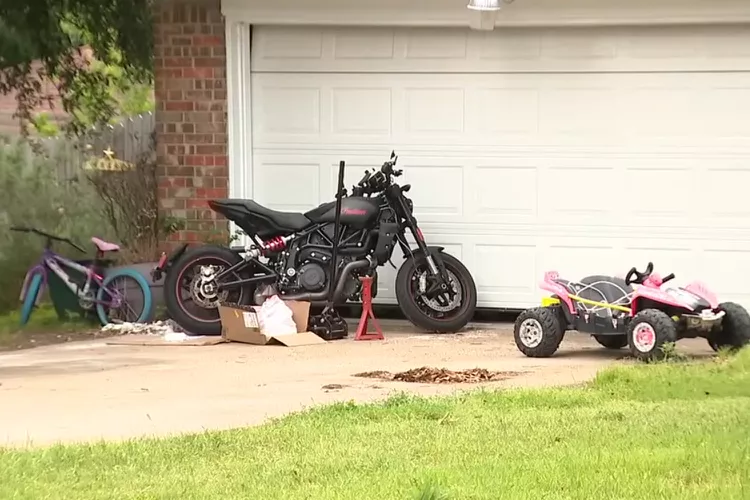World Seagrass Day: A Call to Protect Our Ocean

Every year on March 1st, the world comes together to celebrate World Seagrass Day, an occasion dedicated to raising awareness about the importance of seagrass ecosystems and their critical role in marine biodiversity, climate change mitigation, and coastal protection. But beyond the scientific and environmental significance, this day has a special connection to our children because protecting seagrass today means protecting the world they will grow in.
What is Seagrass, and Why Does it Matter?
Seagrass is a marine flowering plant that thrives in shallow coastal waters. Unlike seaweed, it has roots, stems, and leaves, making it more similar to land plants. It forms vast underwater meadows that serve as nurseries for marine life, filter ocean water, and act as natural barriers against coastal erosion.
Despite covering only 0.1% of the ocean floor, seagrass meadows:
- Support 20% of the world’s fisheries, providing food and shelter for thousands of marine species.
- Store up to 18% of the world’s oceanic carbon, making them powerful allies in the fight against climate change.
- Protect coastlines from storms and erosion, reducing the impact of rising sea levels.
Improve water quality by trapping pollutants and excess nutrients.
While seagrass might seem like an issue for scientists, conservationists, or government officials, it directly impacts the lives of our children in ways they might not realize:
- A Future with Healthy Oceans – The world deserves clean and thriving oceans. Seagrass plays a key role in keeping marine ecosystems balanced and protecting marine animals that children love, like turtles, seahorses, and even sharks.
- Food Security and Livelihoods – Millions of people depend on fisheries for food and income. If seagrass meadows disappear, many fish species will lose their habitat, affecting coastal communities and children’s access to nutritious seafood.
- Fighting Climate Change – Rising temperatures and extreme weather events affect children the most. Since seagrass is a major carbon sink, protecting it helps slow down climate change, ensuring a more stable planet for future generations.
- Stronger Coastal Communities – Many families live in areas vulnerable to flooding and storms. Seagrass acts as a natural coastal defense, absorbing wave energy and preventing damage to homes and schools.
The Threats to Seagrass and Why Action is Urgent
Unfortunately, seagrass is disappearing at an alarming rate, with 7% of its habitat lost every year. The key threats include:
- Pollution from plastic waste, chemicals, and sewage runoff
- Coastal development destroying natural habitats
- Climate change leading to rising sea temperatures
- Destructive fishing practices like trawling and anchoring
If this loss continues, children will grow up in a world where marine life is less diverse, fisheries collapse, and climate disasters intensify.
Children are not just passive observers, they can play an active role in protecting seagrass through simple yet impactful actions:
- Learn and Educate Others – Schools and families can teach children about the role of seagrass in ocean health. Children can share their knowledge with friends and participate in projects that promote marine conservation.
- Reduce Waste and Keep Oceans Clean – Organizing or joining beach cleanups helps prevent plastic pollution from harming seagrass meadows.
- Support Sustainable Seafood Choices – Choosing seafood from sustainable sources ensures that fish populations and their seagrass habitats remain healthy.
- Participate in Seagrass Restoration Projects – Some organizations work on replanting and restoring degraded seagrass beds. Families can support these efforts through donations or volunteering.
- Be Responsible When Exploring the Ocean – When snorkeling, boating, or diving, children should learn about marine-friendly tourism and how to avoid damaging seagrass beds.
World Seagrass Day is more than just an environmental awareness event, it is a reminder that protecting our oceans is about protecting creating a conducive environment for our precious children to thrive and excel.





